Sale!
Description
Description :
A directed chord diagram is a visual representation that illustrates connections or relationships between different entities or categories. Unlike traditional chord diagrams, which display bidirectional relationships, directed chord diagrams emphasize the directionality of connections, often through the use of arrows or directional cues. These diagrams are useful for visualizing flows of information, dependencies, or interactions in complex systems, networks, or processes. They provide a clear and concise way to understand the direction of influence or dependencies between various elements within a dataset or system.
Purposes :
Only logged in customers who have purchased this product may leave a review.

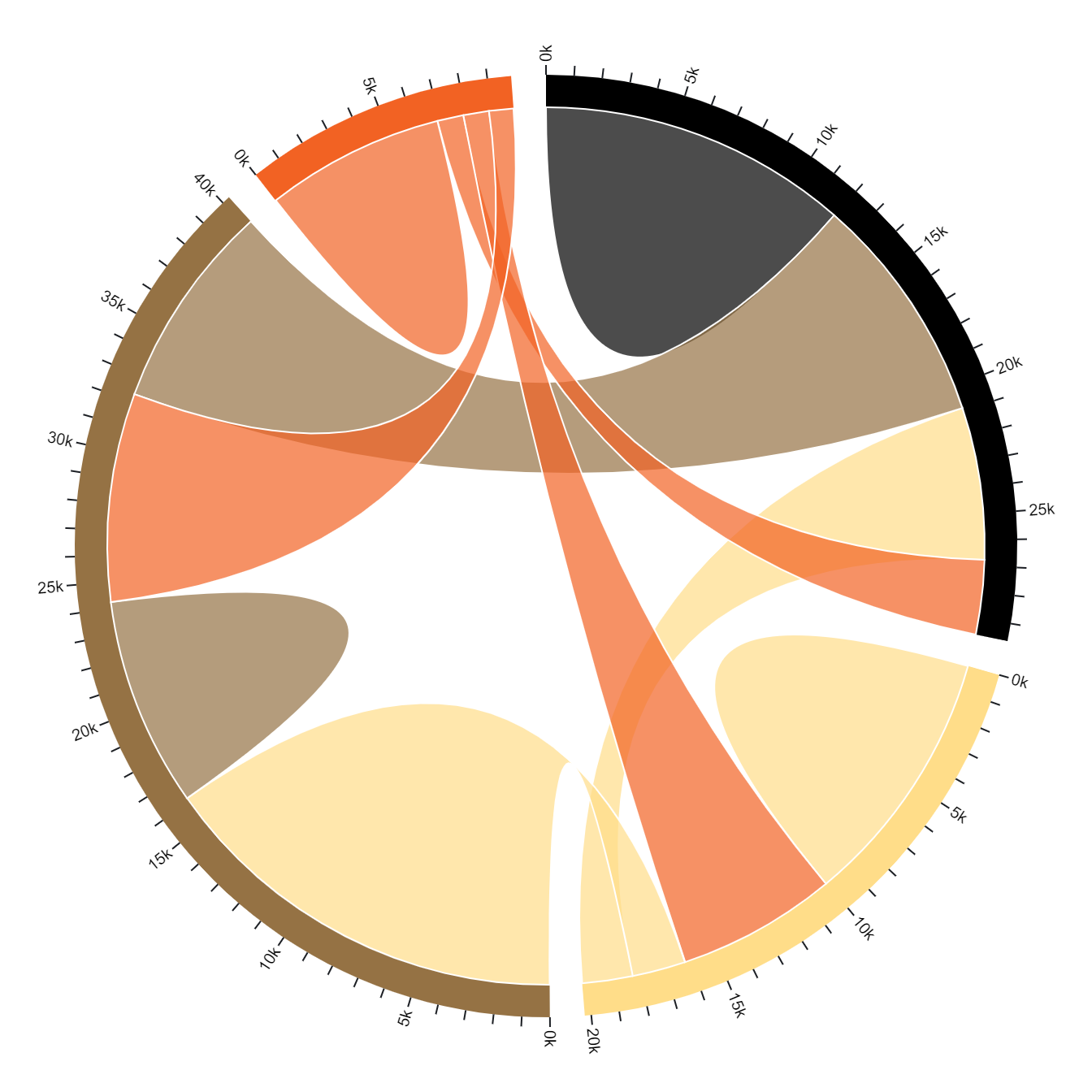
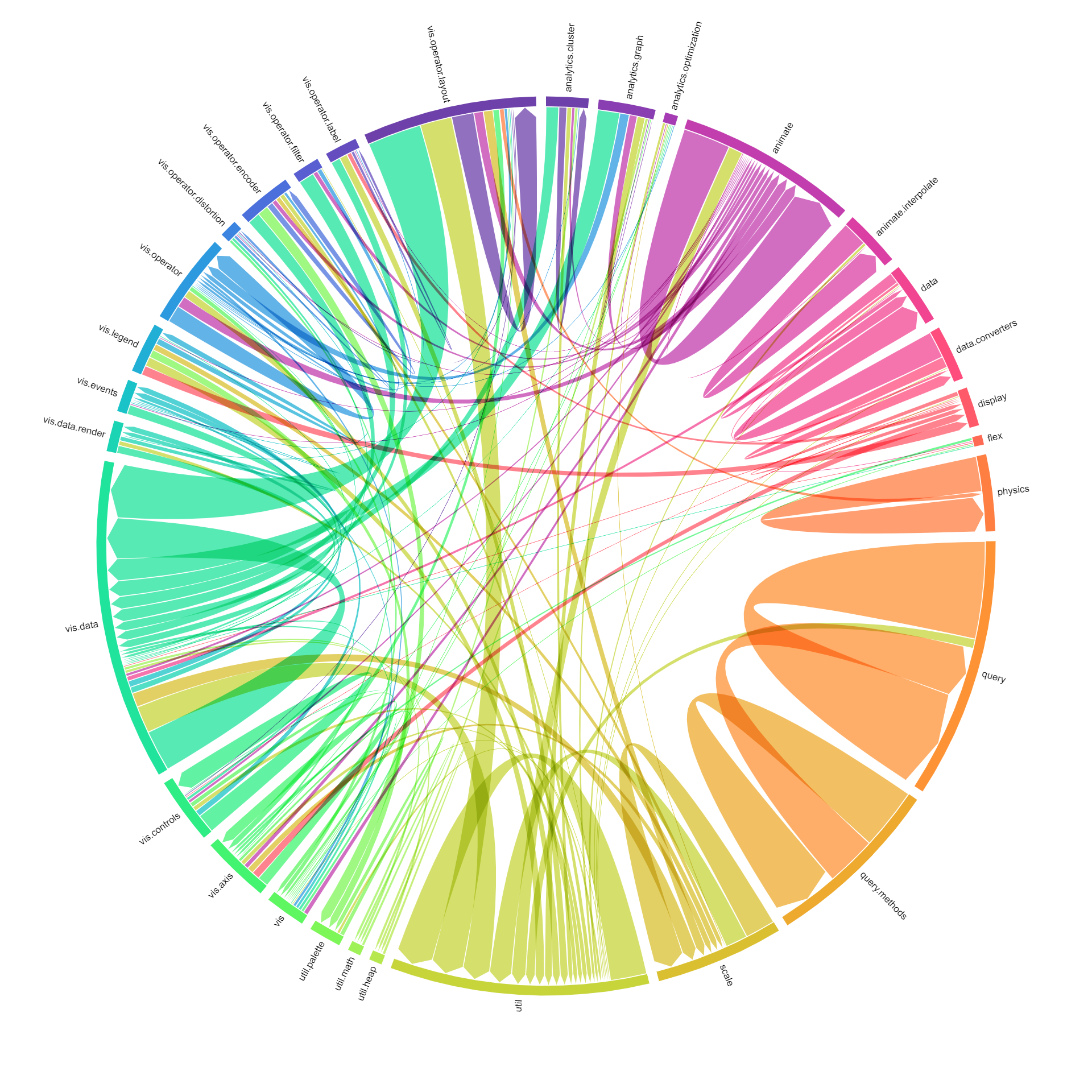
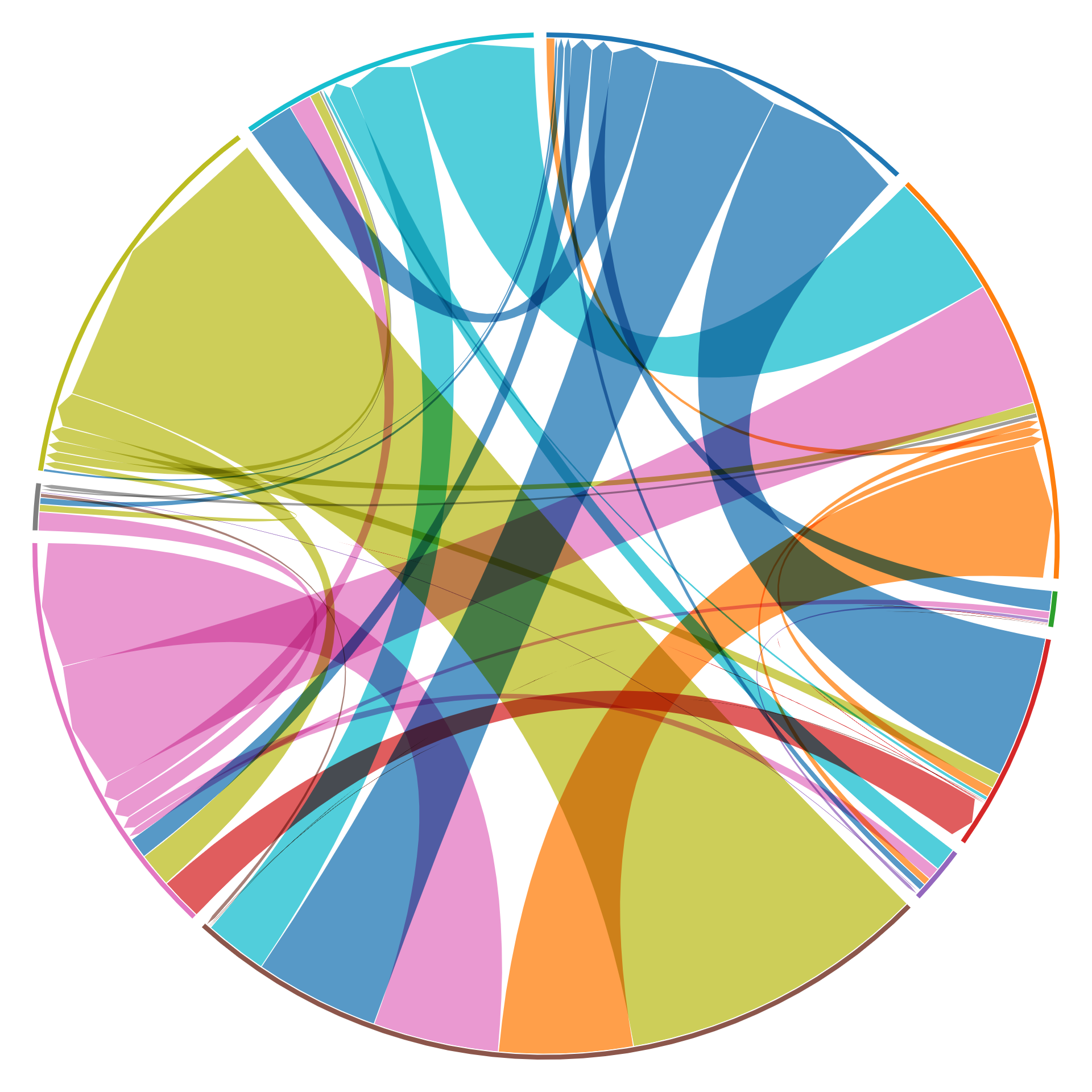
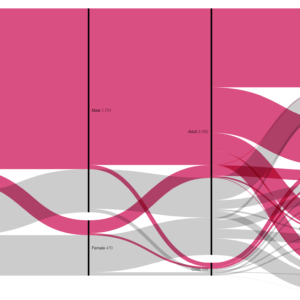

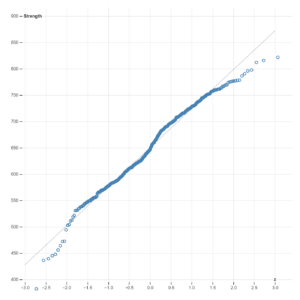
Reviews
There are no reviews yet.